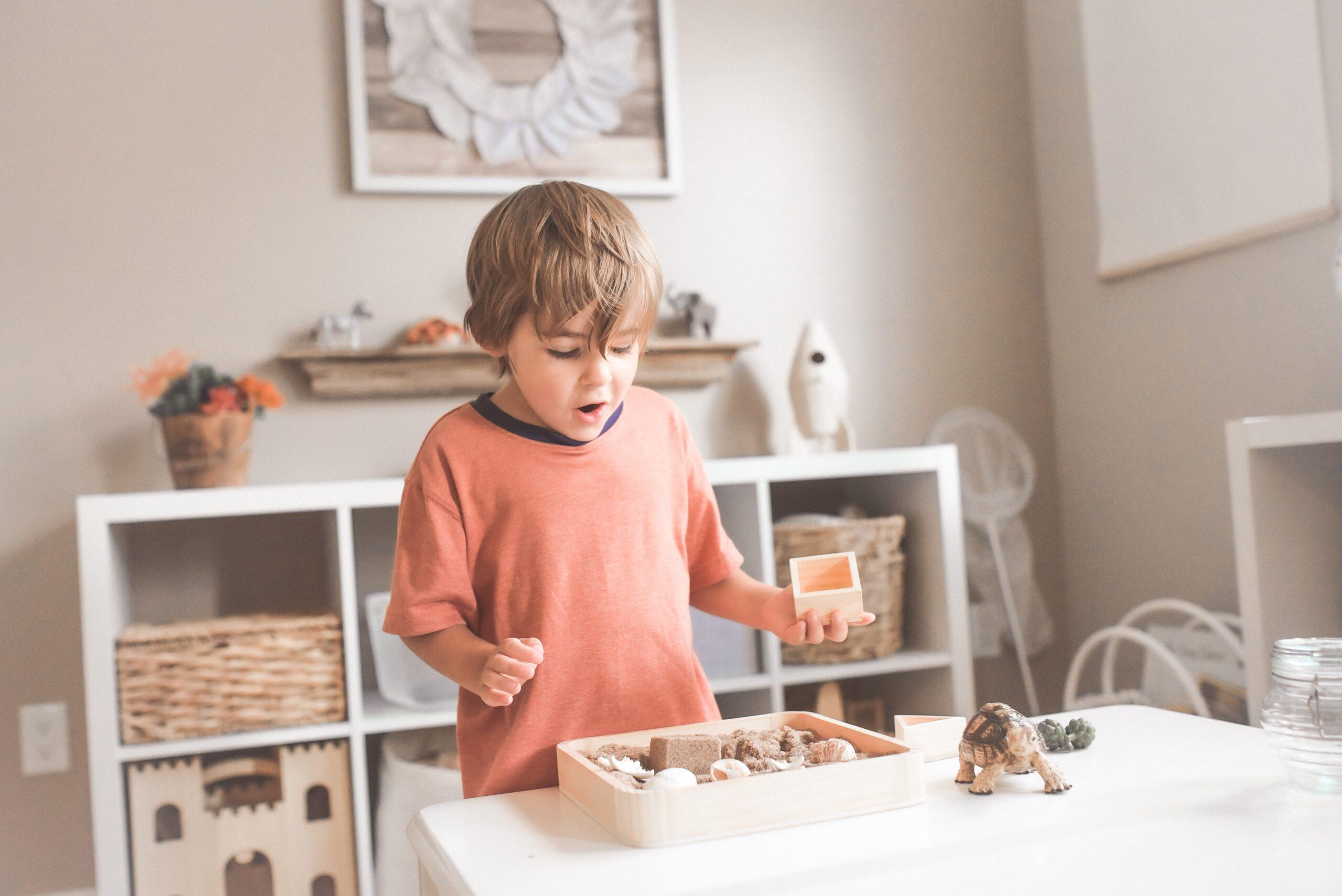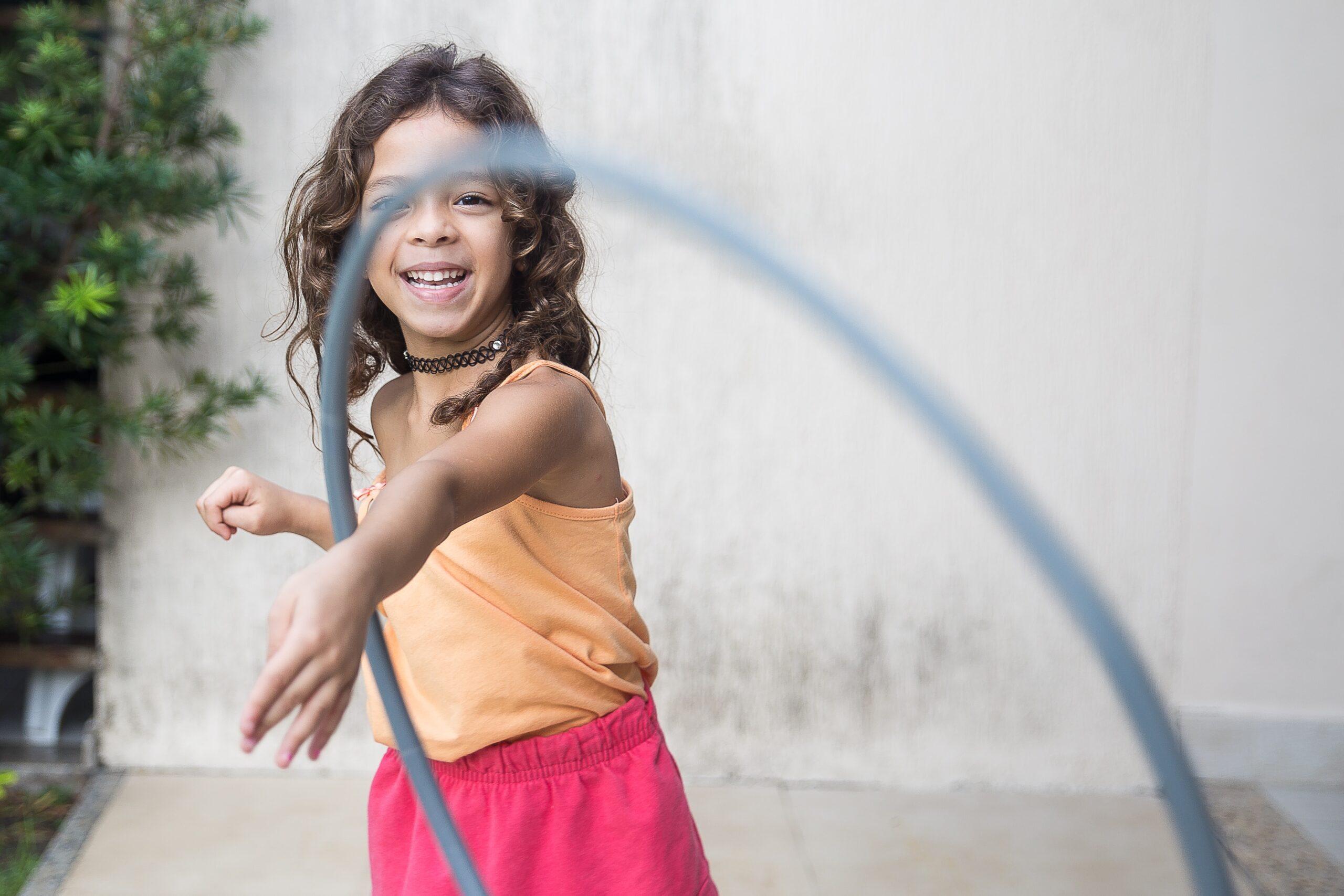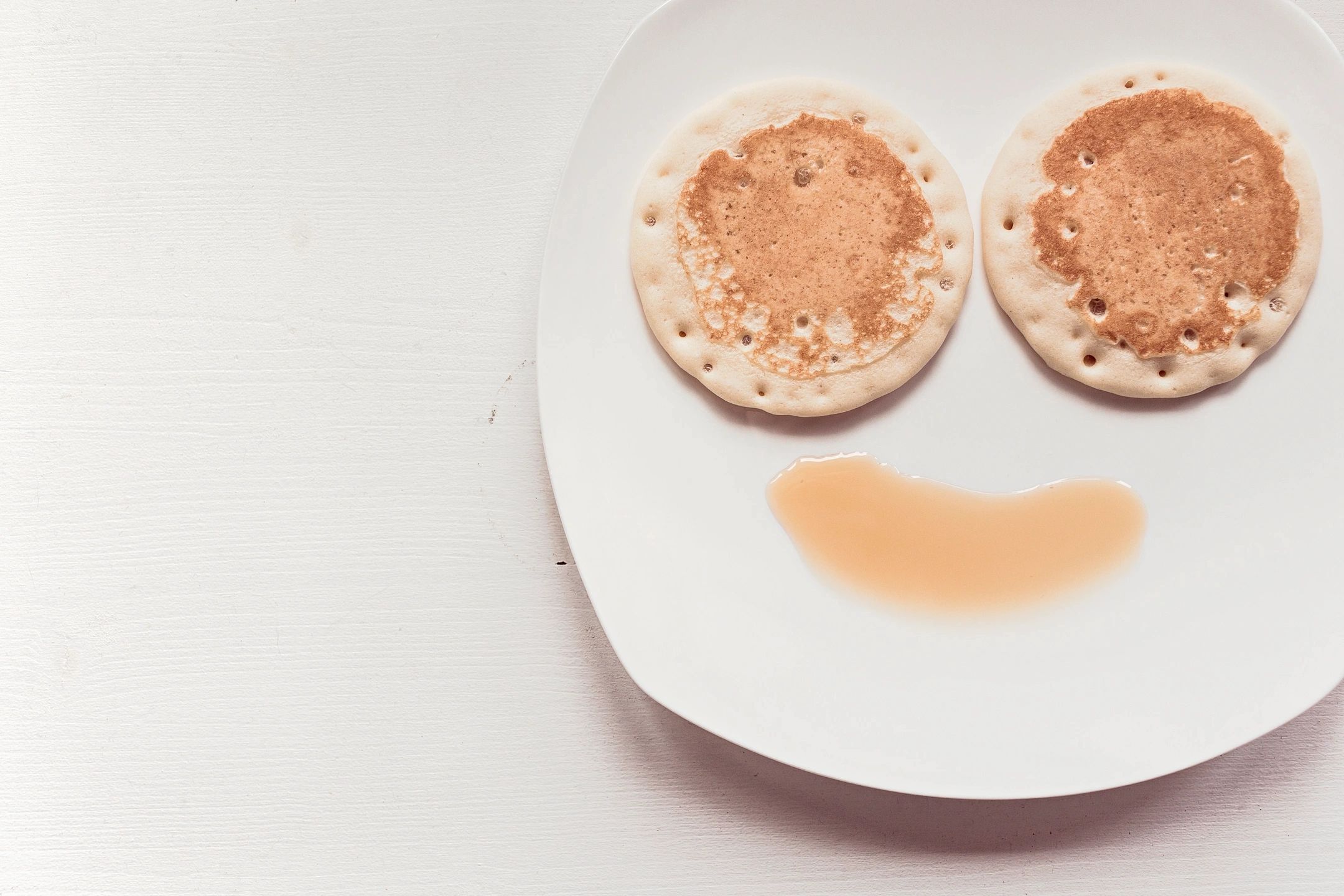A sensory processing disorder is a connectivity malfunction of the neural pathways in the body. When this happens, stimuli can’t predictably flow to the brain where information is coded and stored, information is not consistently received by the senses, and a child can’t learn how to appropriately recognize the data and react accordingly. When the child needs to use information to respond, he can’t retrieve it because it was not adequately sorted, properly identified, or stored.
Is there anything you can do to help if your child has a sensory processing disorder?
Yes. Vast improvements have been observed in children who had been diagnosed with sensory processing disorders. We’ve seen firsthand how sensory stimulation can make a difference.
When I say, senses, I am referring to centers within our body that uniquely register information about our world in the brain. This includes our nose for smelling, ears for hearing, mouth for tasting, skin for touching, eyes for seeing, and our radar, which determines our sense of self in space.
Children learn using all of their senses to respond to what they see, smell, hear, touch, and feel. They use observation, experimentation, and problem solving sensory play to lay the groundwork for life in the classroom and the world at large. Counting, sequencing, sorting, constructing, and scientific thinking are all the result of sensory play experiences.
Sensory processing: A disorder or a disability?
For every type of sense, there are hypersensitivities and hyposensitivities. Hypersensitive children can’t filter out information and become overwhelmed with too much information. Hyposensitive children are defensively hard-wired to block out stimuli and can be unresponsive when asked to retrieve information in order to act.
If a child’s processing ability can’t be amped up or calmed down, he is said to have a challenge to overcome, or a special need on which to focus. Depending on the complexity of the neural pathway disruption, the child may demonstrate learning or behavioral disorders such as dyslexia, ADD, ADHD, OCD, PDD, or autistic behaviors.
How can a parent help? The following tips offer ways to exercise various senses.
Challenge to sight
The child can’t see objects in the way or patterns of words on a page, can’t judge objects in motion, or has no depth or peripheral perception. There can also be degrees of blindness, peripheral obstruction, and inaccurate light refraction.
Sensory exercises: Expose the child to LED lighting. Engage in activities with light and sound combinations such as light patterns with music and water, as well as activities aiming to develop eye-hand coordination.
Challenge to hearing
The child can’t hear surrounding motions but can feel surrounding sounds; is super sensitive to loud, buzzing, pitchy, or sudden noise; perceives sounds differently than others do and is often misunderstood. The child may require a different language, like sign or Braille, to communicate.
Sensory exercises: Use an intensive auditory earphone system with classical music at night. Try having the child play drums, sing karaoke, or practice windwood instruments.
Challenge to sense of self in space
The child bumps into objects, trips, falls, and has difficulty with balance tasks like bike riding. He’s not generally a good athlete. He often misses his mouth when eating or drinking and has problems with logic and decoding puzzles.
Sensory exercises: Joint movement, sports, and exercise, like jumping, running, hopping, etc., may boost academics.
Challenge to taste
The child may be deemed a picky eater; have issues with food consistency, color, or look; be adamant that other foods can’t be touching; and experience lactose allergies, or obesity from self-soothing.
Sensory exercises: Accompany food with a favorite song or activity. Let the child make his own meals and encourage weight-control challenges. Avoid unhealthy snacks.
Challenge to smell
The child is easily distracted by different smells, sometimes finding them intolerable and forcing him to leave an area. The child may perceive an item to have a putrid smell that is unlike the real smell detected by others.
Sensory exercises: Aromatherapy or oxygen bar scents entice the child to hyper-stimulate his nose so he learns how to sort information. Cooking activities can stimulate memories of mom in the kitchen. Smells are historical memory pegs that enhance our ability to retain and recall information.
Challenge to touch
The child’s skin may be super-sensitive (ouch!) or hyposensitive (can’t feel a thing). Some children can’t tolerate certain textures or people touching them. The hypersensitive child is cautious, delicate, and fearful. He doesn’t mingle in a group. Hyposensitive children may not realize theyre in danger because they don’t feel.
Sensory exercises: The hyposensitive child craves stimulation. He probably enjoys a good back scratch, a tight hug, or a scalp massage. Any sticky-touchy-prickly-vibrating sensations on his skin are more than welcome. Hypersensitive children do well with squeeze machines, cocoon swings, bubble baths, warm water, and creams.




